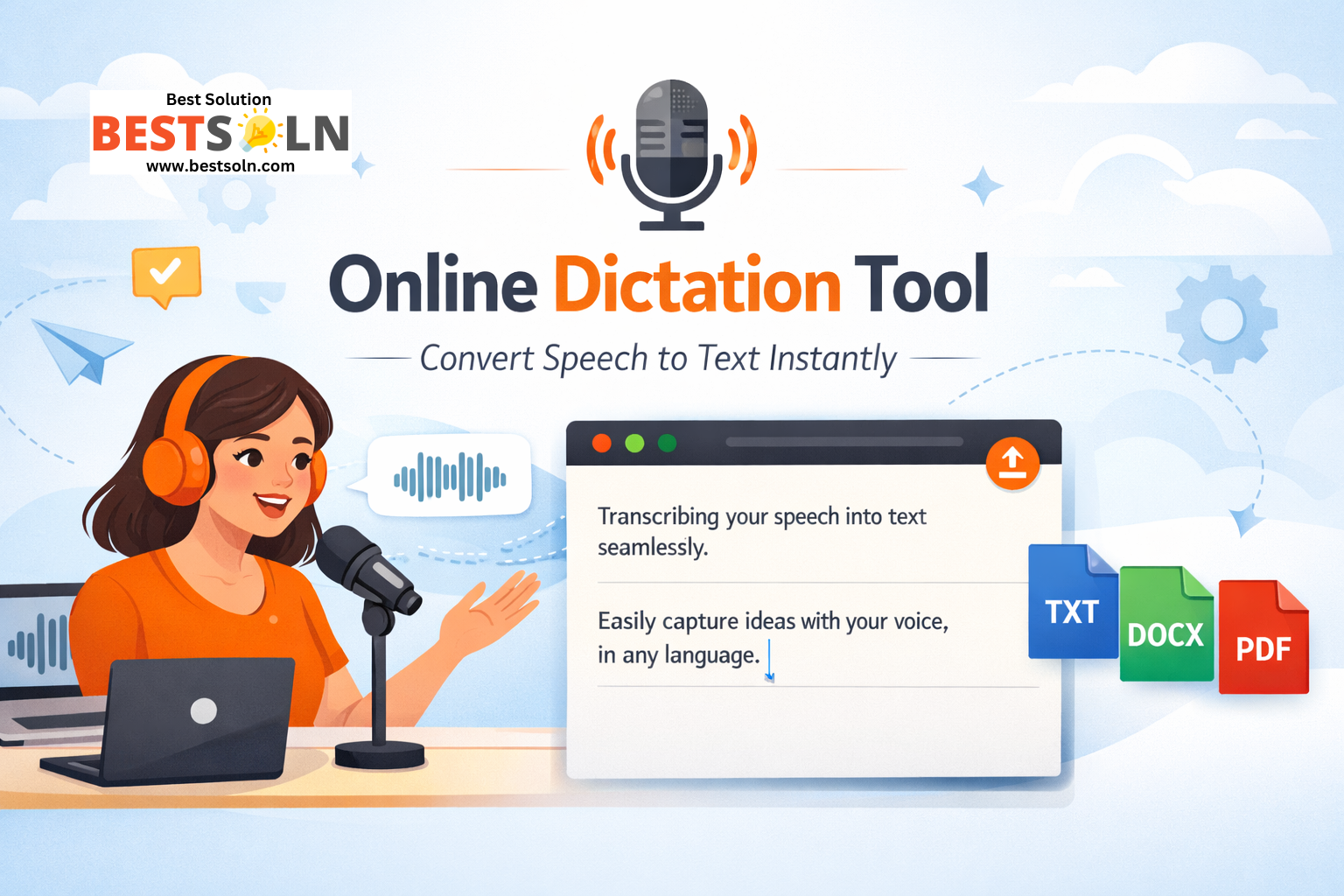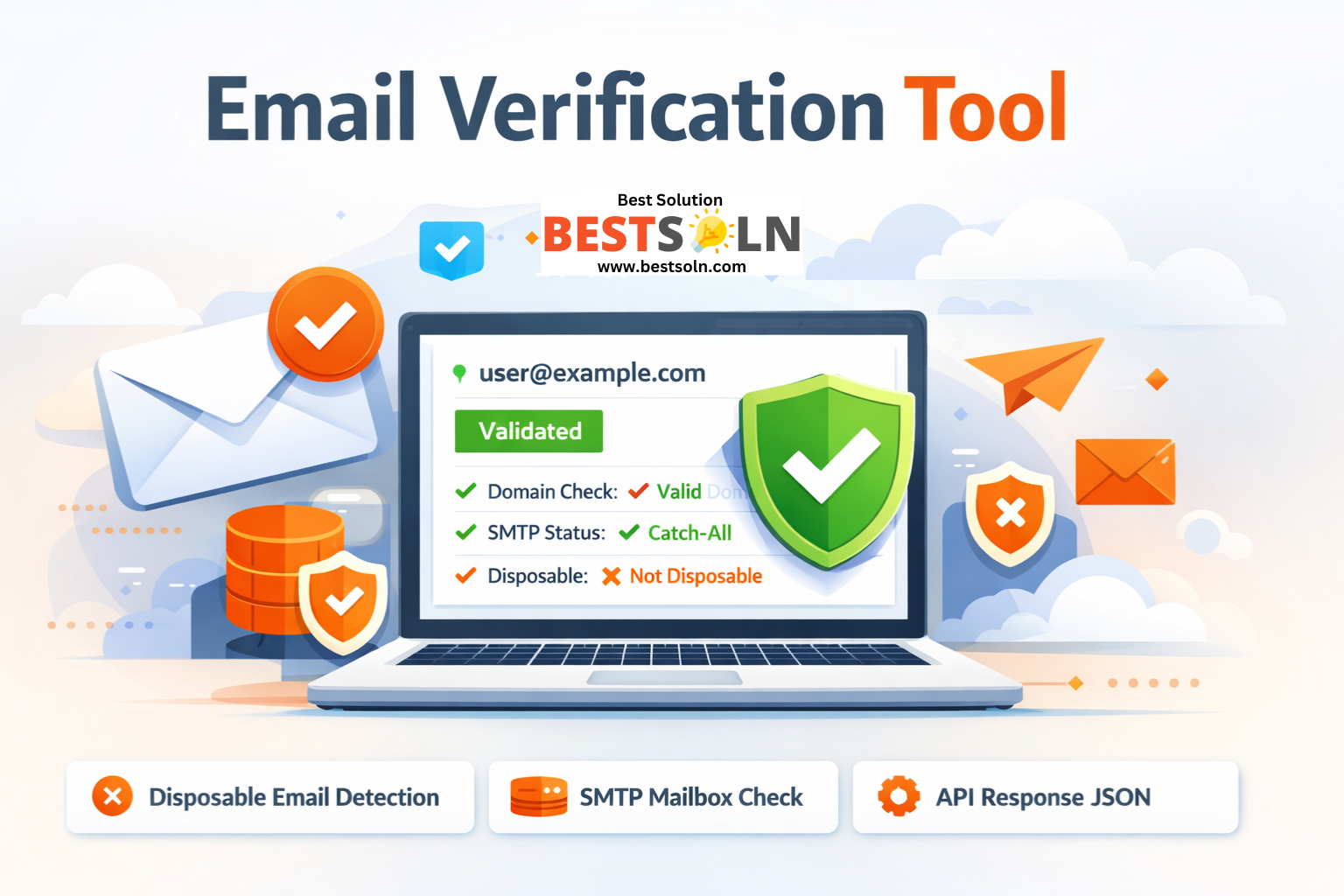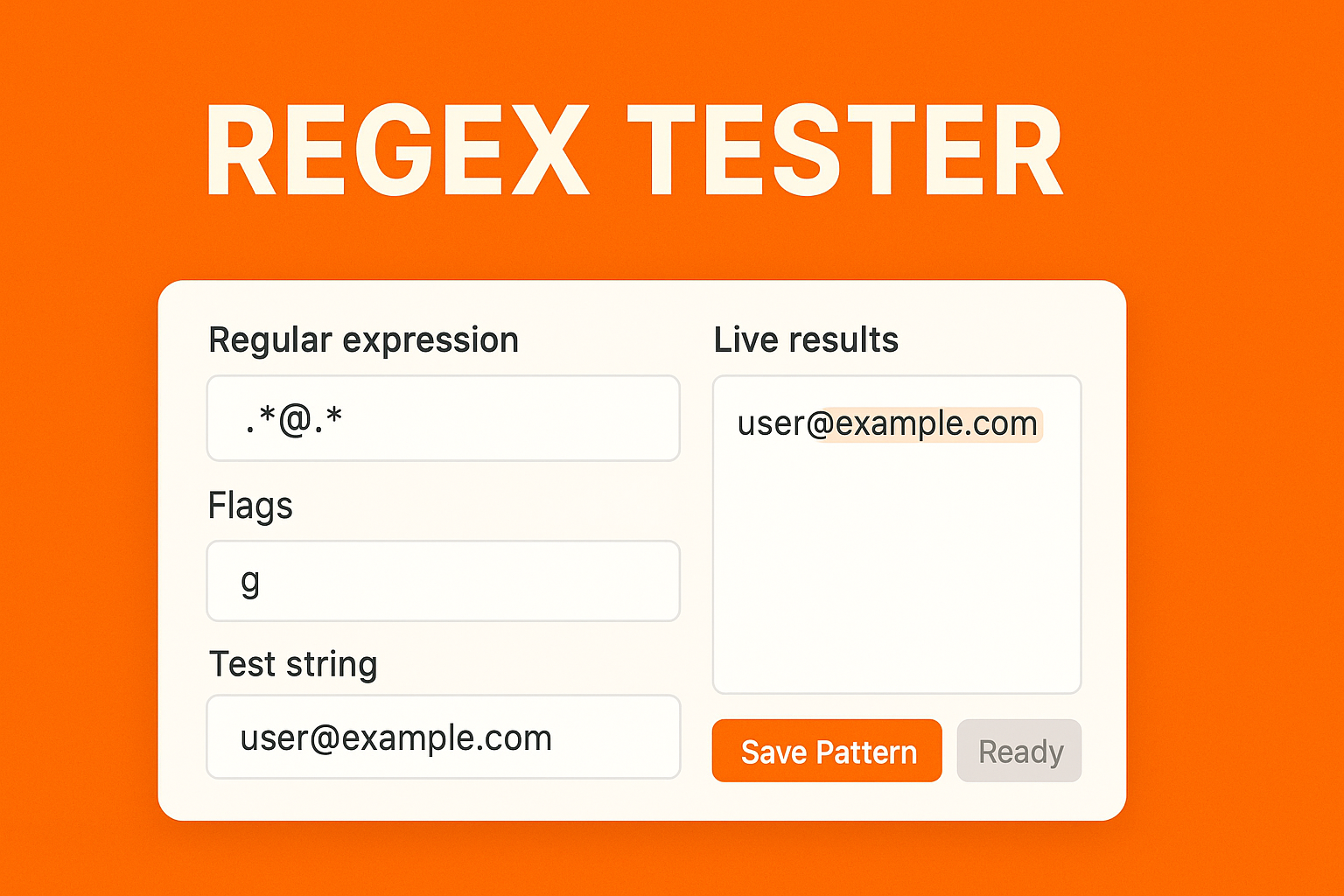Introduction
Struggling to keep your business afloat in a cutthroat market? Feeling crushed by competitors or blindsided by shifting customer demands? Porter’s Five Forces could be your secret weapon. This powerful framework, crafted by Harvard’s Michael Porter in 1979, isn’t just academic jargon; it’s a battle-tested tool to decode your industry, outsmart rivals, and secure lasting success. Whether you’re an entrepreneur launching a startup, a solopreneur juggling a side hustle, or a business student aiming to ace your next case study, this article dives deep into Porter’s Five Forces, complete with real-world scenarios, case studies, FAQs, and actionable insights to rank your strategy game at the top. Ready to transform chaos into clarity? Let’s dive in!
What Is Porter’s Five Forces? A Game-Changing Framework

Porter’s Five Forces is a strategic analysis model that maps the competitive landscape of any industry. It breaks down the forces shaping competition into five core areas: competitive rivalry, threat of new entrants, bargaining power of suppliers, bargaining power of buyers, and threat of substitutes. By analyzing these forces, businesses uncover hidden pressures, identify opportunities, and craft strategies to thrive, not just survive.
Think of it as a diagnostic tool. Just as a doctor checks your vitals to spot health issues, Porter’s Five Forces diagnoses your market’s dynamics to reveal where you’re vulnerable and where you can dominate. From startups to Fortune 500 giants, this framework is a cornerstone of business strategy.
The Five Forces Explained: Breaking Down the Framework

Let’s unpack each force with clear definitions, examples, and real-world applications to make it stick.
Competitive Rivalry: The Battle for Market Share
- What It Is: This measures the intensity of competition among existing players in your industry. High rivalry, think price wars, aggressive marketing, or product innovation, drives down profits. Low rivalry means fewer players and more room to grow.
- Example: In the smartphone industry, Apple and Samsung slug it out with cutting-edge features and sleek ad campaigns. Smaller players struggle to keep up.
- Scenario: Imagine you run a local coffee shop. If five other cafes open nearby, offering similar vibes and prices, rivalry spikes. You might lower prices or add unique lattes to stand out.
- Key Question: How intense is the fight for customers in your market?
Threat of New Entrants: New Kids on the Block
- What It Is: This assesses how easy it is for new competitors to enter your industry. Low barriers (e.g., low startup costs, minimal regulation) invite new players, increasing competition. High barriers (e.g., brand loyalty, patents) keep them out.
- Example: The airline industry has high barriers; buying planes and securing airport slots is costly. In contrast, e-commerce stores pop up easily, flooding markets like fashion retail.
- Scenario: A solopreneur selling handmade candles online faces new Etsy shops daily. To counter this, they build a loyal following through storytelling and unique designs.
- Key Question: How hard is it for newcomers to crash your party?
Bargaining Power of Suppliers: Who Controls the Inputs?
- What It Is: This evaluates how much power suppliers have to dictate prices or terms. Few suppliers or unique inputs (e.g., rare materials) give them leverage. Many suppliers weaken their grip.
- Example: In the coffee industry, organic bean suppliers can charge premiums if few farms meet certifications. Starbucks negotiates hard to keep costs down.
- Scenario: A small bakery relies on one local flour mill. If the mill raises prices, the bakery’s margins shrink unless it finds alternatives.
- Key Question: Are your suppliers calling the shots, or can you negotiate?
Bargaining Power of Buyers: The Customer’s Leverage
- What It Is: This gauges how much influence customers have to demand lower prices or better terms. When buyers have many options or buy in bulk, their power grows.
- Example: In retail, Walmart’s massive purchasing power forces suppliers to cut prices. Small boutiques, however, face choosy customers who can shop elsewhere.
- Scenario: A SaaS startup’s corporate clients demand discounts because competitors offer similar tools. The startup counters with unique features to reduce buyer power.
- Key Question: Can your customers easily walk away or dictate terms?
Threat of Substitutes: The Alternatives Lurking Nearby
- What It Is: This measures the risk of customers switching to different products or services that meet the same need. High substitute threats erode your market share.
- Example: Streaming services like Netflix face substitutes like cable TV or even free YouTube content. Unique originals keep subscribers hooked.
- Scenario: A meal kit delivery service competes with grocery stores and takeout. They differentiate with chef-curated recipes to make substitutes less appealing.
- Key Question: What else could your customers choose instead of you?
Case Studies: Porter’s Five Forces in Action

To bring this framework to life, let’s explore two real-world-inspired case studies that show how businesses applied Porter’s Five Forces to pivot and win.
Case Study 1: GreenLeaf Organics, A Startup’s Turnaround
Raj Patel, founder of GreenLeaf Organics, a Seattle-based health food startup, was losing ground to cheaper competitors. Sales stagnated, and clients jumped ship. Using Porter’s Five Forces, Raj diagnosed his challenges:
- Competitive Rivalry: High, with many health food brands undercutting prices. Raj pivoted to customizable snack boxes, emphasizing local, sustainable ingredients.
- Threat of New Entrants: High, as new brands entered easily. He built brand loyalty through social media storytelling.
- Bargaining Power of Suppliers: Moderate, with organic farms charging premiums. Raj secured long-term contracts for better rates.
- Bargaining Power of Buyers: High, as clients like coffee chains had options. Subscription plans locked in loyalty.
- Threat of Substitutes: High, with non-organic snacks and meal kits as alternatives. Unique plant-based recipes set GreenLeaf apart.
- Result: Sales rose 20% in four months, and new contracts rolled in. Raj’s story shows how Porter’s Five Forces can guide startups to carve out a niche.
Case Study 2: TechTrend Innovations, A SaaS Survival Story
TechTrend, a B2B SaaS company offering project management tools, faced fierce competition from giants like Asana and Trello. Using Porter’s Five Forces, they reshaped their strategy:
- Competitive Rivalry: Intense, with established players dominating. TechTrend focused on niche features for creative agencies, like integrated design workflows.
- Threat of New Entrants: Moderate, as SaaS requires technical expertise. They patented key features to raise barriers.
- Bargaining Power of Suppliers: Low, as cloud infrastructure providers were plentiful. TechTrend shopped around for cost-effective hosting.
- Bargaining Power of Buyers: High, with clients demanding free trials. TechTrend offered premium support to justify pricing.
- Threat of Substitutes: Moderate, with alternatives like spreadsheets. They emphasized automation to outshine substitutes.
- Result: TechTrend grew its client base by 15% in six months, proving the framework’s value for tech firms.
Scenarios: Applying Porter’s Five Forces Across Industries

Porter’s Five Forces isn’t one-size-fits-all—it adapts to any business. Here’s how different industries can use it:
- Retail: A boutique clothing store faces high rivalry and buyer power. Using the framework, they differentiate with exclusive designs and local partnerships to reduce substitute threats.
- Tech Startups: A fintech app competes with low barriers to entry. They leverage proprietary algorithms and customer loyalty programs to stay ahead.
- Hospitality: A small hotel in a tourist hotspot battles new Airbnb listings. They counter with unique experiences, like guided local tours, to lower buyer power and substitute threats.
- Freelancers/Solopreneurs: A freelance graphic designer faces new entrants on platforms like Fiverr. They build a personal brand and niche expertise to stand out.
Why Porter’s Five Forces Matters for Business Success

This framework isn’t just theory; it’s a roadmap for survival. Here’s why it’s a must for entrepreneurs, solopreneurs, and business students:
- Clarity: It reveals hidden pressures, like supplier costs or substitute risks, that you might overlook.
- Strategic Focus: It guides decisions, from pricing to partnerships, to strengthen your position.
- Adaptability: It works across industries, from tech to retail to services.
By understanding your industry’s dynamics, you can pivot like Raj or TechTrend, turning challenges into opportunities. It’s not about being the biggest, it’s about being the smartest.
FAQs About Porter’s Five Forces

Q: Is Porter’s Five Forces only for big businesses?
A: No! It’s for anyone—startups, solopreneurs, even freelancers. Whether you’re selling coffee or coding apps, the framework helps you understand your market and compete smarter.
Q: How often should I analyze the Five Forces?
A: Revisit it yearly or when your industry shifts (e.g., new competitors, regulations). Markets evolve, so your strategy should too.
Q: Can I use it for non-profits or service-based businesses?
A: Absolutely. Non-profits face “competitors” (other organizations vying for donations) and suppliers (e.g., volunteers). Service businesses, like consulting, use it to assess client power or substitute services.
Q: What if my industry has low rivalry?
A: Lucky you! Low rivalry means more pricing power and growth potential. However, analyzing other forces, such as high buyer power or substitutes, could still hurt.
Q: How do I start applying it?
A: Grab a notebook, list the five forces, and jot down examples specific to your business. Brainstorm one action per force, like Raj did.
Common Pitfalls and How to Avoid Them

- Ignoring Substitutes: Don’t just focus on direct competitors. Substitutes, like meal kits for restaurants, can steal customers. Always explore alternatives.
- Static Analysis: Markets change. Reassess the forces regularly to stay ahead.
- Overcomplicating It: Keep it simple. List each force, note key players, and pick one actionable step per force.
- Skipping Data: Use market research, customer feedback, or industry reports to ground your analysis in facts, not guesses.
Actionable Steps to Apply Porter’s Five Forces Today

- Map Your Industry: Write down competitors, suppliers, buyers, and substitutes. Be specific, name names!
- Analyze Each Force: Rate each force (high, medium, low) based on its impact. For example, are buyers dictating terms? Are new entrants flooding in?
- Identify Opportunities: Find one action per force. E.g., reduce supplier power by diversifying vendors or counter rivalries with unique branding.
- Test and Iterate: Try your strategies, track results (e.g., sales, customer retention), and adjust.
- Learn More: Check out the recommended readings that inspired Raj’s turnaround is a goldmine.
Recommended Readings: Deepen Your Understanding of Porter’s Five Forces

Ready to master Porter’s Five Forces and elevate your business strategy? These carefully selected resources will guide you through the framework’s nuances, offering practical insights and real-world applications. Whether you’re an entrepreneur, solopreneur, or business student, these readings will sharpen your competitive edge.
- “Competitive Strategy: Techniques for Analyzing Industries and Competitors” by Michael E. Porter: The definitive work by Porter himself, this book introduces the Five Forces framework with detailed examples. A cornerstone for anyone serious about strategic analysis.
- “Understanding Michael Porter: The Essential Guide to Competition and Strategy” by Joan Magretta: A clear, accessible breakdown of Porter’s ideas, perfect for beginners or busy professionals looking to apply the Five Forces quickly.
- “Blue Ocean Strategy” by W. Chan Kim and Renée Mauborgne: While not focused solely on Porter, this complements the Five Forces by exploring how to create uncontested market spaces, reducing competitive rivalry.
- “The Art of Strategy: A Game Theorist’s Guide to Success in Business and Life” by Avinash K. Dixit and Barry J. Nalebuff: Offers a broader strategic lens, with sections that align with Porter’s framework, ideal for advanced learners.
Pair these books with online resources (search “Porter’s Five Forces case studies” or “competitive analysis tools”) for a deeper dive. Start with one book at a time for a practical, inspiring read that brings the framework to life!
Conclusion

Porter’s Five Forces isn’t just an academic framework; it’s a strategic lifeline for entrepreneurs like Raj who transform sleepless struggles into clear, confident decisions. Whether you’re a solopreneur facing fierce competition, a student breaking down case studies, or a business leader navigating uncertainty, this tool offers the clarity to understand your battlefield and the courage to compete smarter. Every business hits turbulence, but with the right perspective, you can turn pressure into performance. Use this framework not just to survive, but to grow, lead, and win with intention.
Enjoyed this article? Want to dive into Pricing Strategies? Explore here. Interested in learning about Funnels? Discover more here. Curious about Product Management Frameworks? Find out more here.




















Leave a Reply